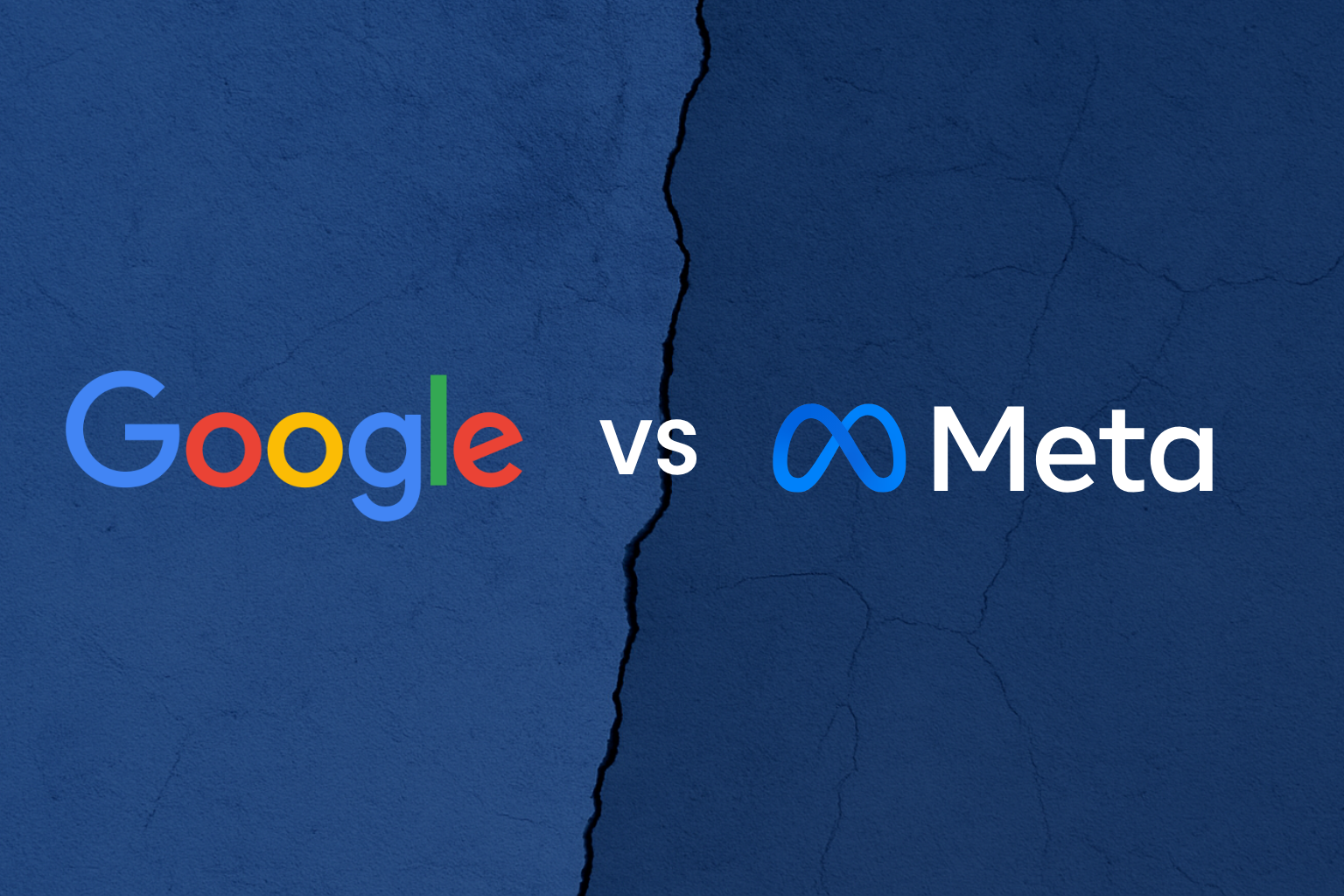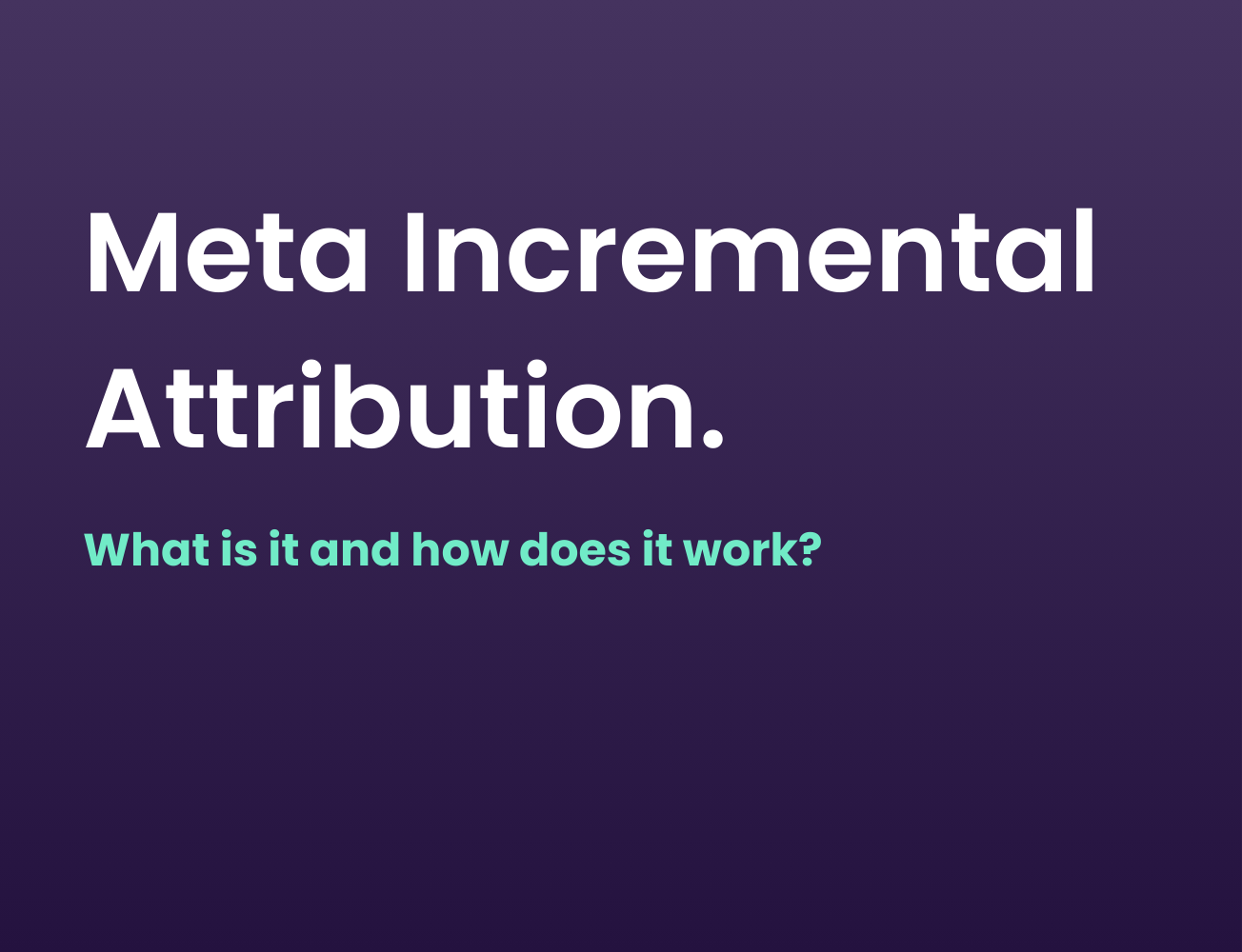Seasonal sales like Black Friday, Mid-Season and End of Season sales can make or break an ecommerce brand’s revenue targets.
While heavy discounts can generate spikes in traffic, without the right ecommerce marketing strategy, sales events risk becoming margin-eroding exercises that train customers to only ever buy on discount.
The key is not just to run a sale, but to structure it to balance long-term brand value with short-term performance.
Keep Your Sale Strategy Exclusive.
If your brand runs a permanent outlet, clearance section or ongoing sale page, it’s important to exclude sale/discount items from activity outside of peak sale campaigns.
This prevents customers from discovering a “back door” to discounts all year round, which can devalue your full-price proposition.
By controlling visibility, you ensure that when you do push a sale, it feels urgent, relevant, and worth paying attention to.
You can also allow users to hand over their email address in return for access to your outlet / sale.
Use Early Access to Drive Urgency
Consumers love exclusivity.
Offering early access to loyal customers or mailing list subscribers can spark immediate action, while also rewarding your most engaged audience.
This approach not only drives higher conversion rates but also helps build anticipation.
By the time your sale goes fully live, momentum is already in motion and customers are primed to purchase.
Stagger Discounts to Extend Momentum
One of the biggest mistakes brands make during Black Friday is launching the full sale in one go.
Instead, consider staggering your discounts or product drops to give a reason for customers to keep coming back:
- Start with selected lines at moderate discounts.
- Add new lines every few days
- Increase markdowns towards the end to catch late buyers.
Prioritise High-Margin or Hero Products
Not all products are created equal. While discounting clears old stock, it can also eat into profits. Instead, you can prioritise hero products or high-margin lines.
Push bestsellers and bundles that attract new customers at scale, while keeping clearance items in a separate campaign with tighter budgets.
This allows you to maximise the impact of your sale without undermining overall profitability.
That said, if your hero products are already performing strongly at full price, you may want to keep them out of the sale to protect margin and brand value.
The key is to strike the right balance between driving volume and maintaining long-term product positioning.
Separate Sale Ads from Full-Price Ads
Platforms like Meta will naturally push your best-converting campaigns and ads.
If you mix full-price and sale ads together, the algorithm will prioritise sale items (because they convert more easily), potentially starving your full-price visibility.
To avoid this, run your sale ads separately from your always-on campaigns.
This allows:
- Controlled spend and delivery between sale vs full-price ads.
- Full-price offering remains visible, protecting brand equity.
- You gain cleaner insights into how your sale performed independently.
Extend the Sale with Post-Sale Remarketing
The end of sale doesn’t mean the end of opportunity. Use post-sale remarketing to keep new buyers engaged:
- Retarget them with full-price product recommendations
- Follow up with seasonal launches or upcoming collections.
- Thank them for shopping the sale and invite them back for more.
This approach helps turn discount-driven buyers into loyal, repeat customers.
Balance Short-Term Gains with Long-Term Value
Yes, sales are about driving revenue. But ecommerce marketing isn’t just a sprint - it’s a marathon.
When planning campaigns, always consider:
- Customer acquisition vs margin protection - are you attracting new customers, or just discounting existing ones?
- Post-sale remarketing - use fresh customer data to retarget with full-price products
- Brand perception - over-reliance on discounts can erode premium positioning.
At Adnomics, we specialise in helping ecommerce brands maximise performance across peak trading periods. If you’d like support in planning your next sale strategy, get in touch with us.
.png)
.png)




.png)
.png)

.png)


.svg)
.svg)
.svg)
.svg)